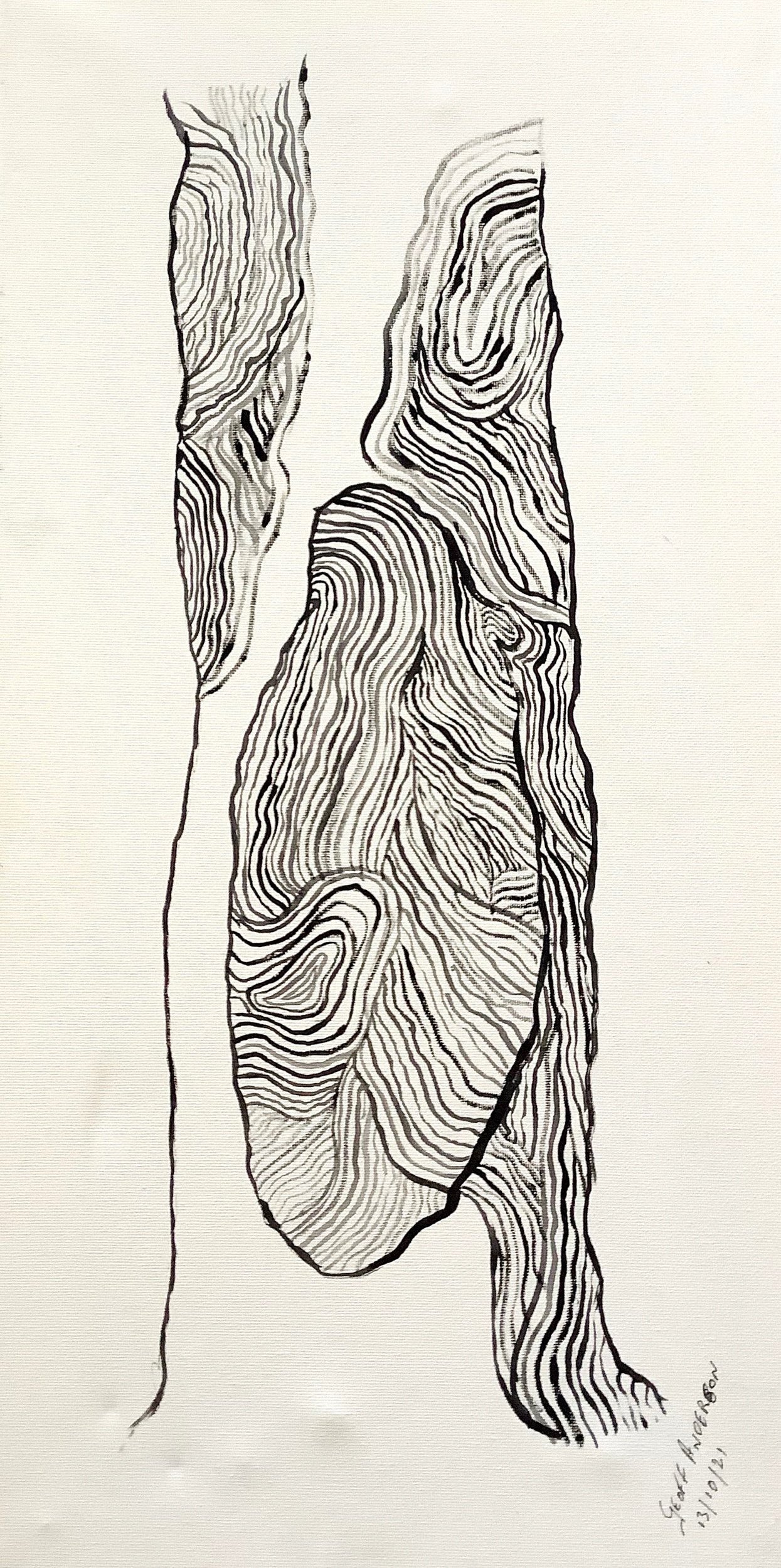
Jintangka marlpa jungu nyinanjaku: What is bilingual education?
Bilingual Education (BE) is an approach to curriculum, teaching, learning and assessment that uses more than one language to teach subject areas, such as Maths, Science, History or Geography, rather than only learning language/s as a subject.
Aboriginal and Torres Strait Islander people have always been multilingual, using more than one language to communicate with different groups for different purposes and contexts. Words, phrases, and concepts from a range of languages are used in ways that interact and overlap as part of a language repertoire.
Bilingual Education has a strong academic evidence base and has been used with success in many education systems around the world, including in First Nations contexts in Australia. In BE, students may use their first language (L1) to learn new knowledge, skills and understandings while learning Standard Australian English (SAE). Bilingual education is enacted in different ways to suit the contexts of the languages and other subjects being taught.
This report provides discussion and guidance around bilingual education in Aboriginal and Torres Strait Islander contexts under the following headings:
Introduction
Background
How does bilingual education work?
Developing a bilingual curriculum program
Literacy/Biliteracy
Localised curriculum resources
Teaching and learning in bilingual education
Developing the teaching team for a bilingual school
Further reading
Glossary of terms
Download the Bilingual Education Report (2Mb).
The title of this discussion paper Jintangka marlpa jungu nyinanjaku means ‘when we’re all together, we’re talking’ in Warlpiri. Jintangka (as one) marlpa (company) nyinanjaku (to sit). Provided by Barbara Martin.
Artwork
Mumbir
Scar trees on Wiradjuri Country (2021).
Geoff Anderson


